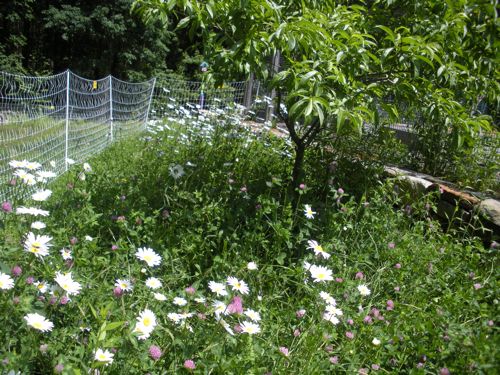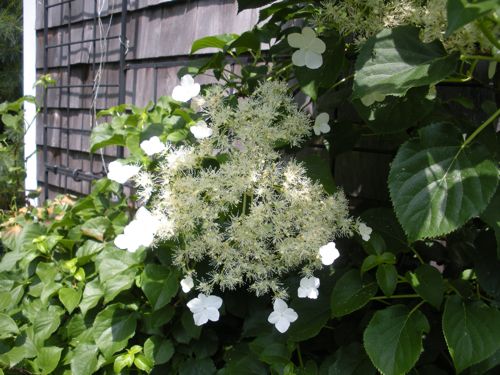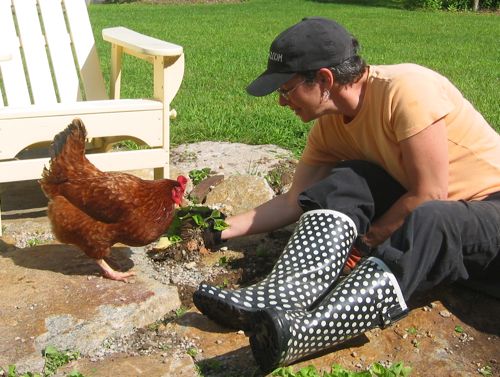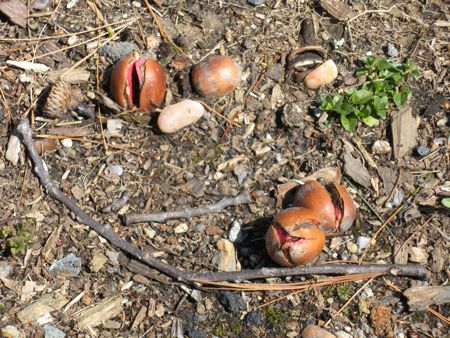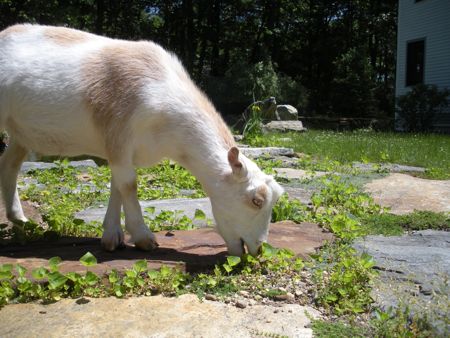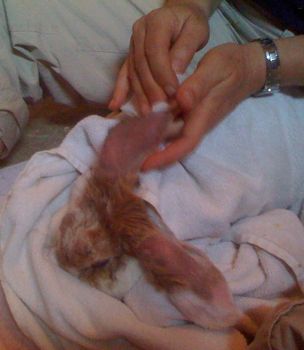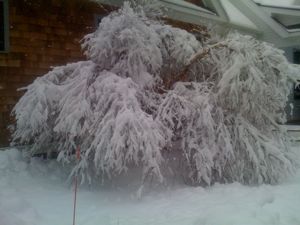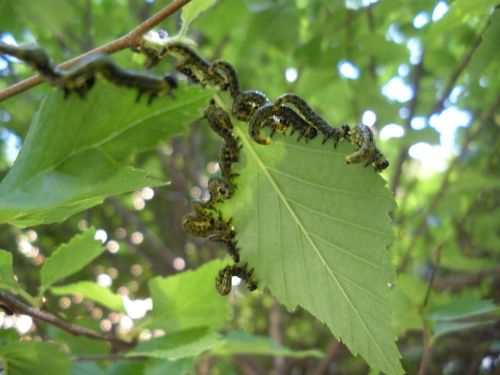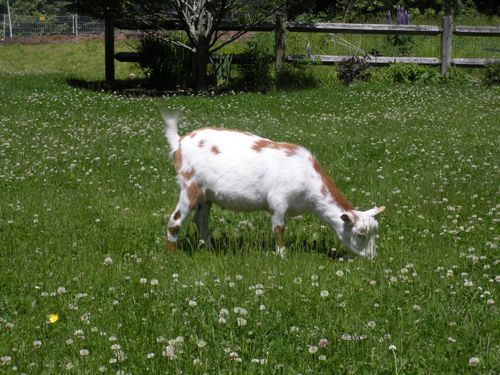So far it’s been a lush summer. Lots of rain, but it’s not been the sort of cold drenches that kills off tender plants.Instead, we’ve had gentle rain and then sunny heat.
The peonies bloomed, and without driving rain or high winds, they’ve stayed upright and full-petaled.
The daisies are in bloom under the one peach tree. The goats look longingly at these plants. That’s the electric goat fence, which is effective in keeping them out.
The lily in the pond bloomed. The Beast lurks under it, in the lily pad’s shade.
This old-fashioned climbing hydrangea shares the trellis on the side of the chicken coop with a yellow rose. I’ve just planted a David Austen peachy-yellow rose to add to the tableau. Hopefully, it will be camera-worthy later in the summer.
I’ve got pots of herbs by the kitchen door that I’ve already been able to pick and use in recipes and salads.
Here’s cilantro and dill. The vegetable garden is looking good, too. I’ll share photos of the vegetables when there’s something more than leafy greens to show you.
My only disappointment is that my blueberry bushes in the back bed have no fruits on them! The ones in the front are full of green, plumping berries. Soon they’ll begin to turn grayish-blue. It will take weeks until they’re purply-blue and ready. I need patience! I don’t know who’s eating the ones out back. Usually, the birds and chipmunks wait until the fruits are riper. I don’t see any insects. Maybe something happened to the blossoms. Last year we had such a bumper crop, that I froze the extra and we snacked on berries all the way into late winter. But the wild Concord grape vines across the road are looking especially healthy. Perhaps I’ll have to make grape jelly in order to have my summer blues in the winter.

